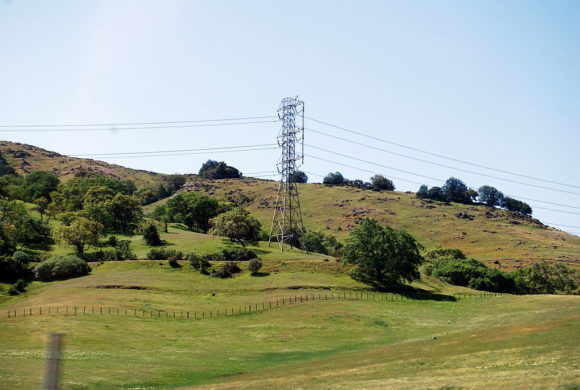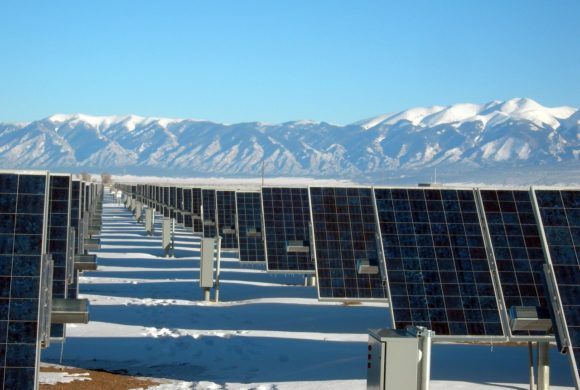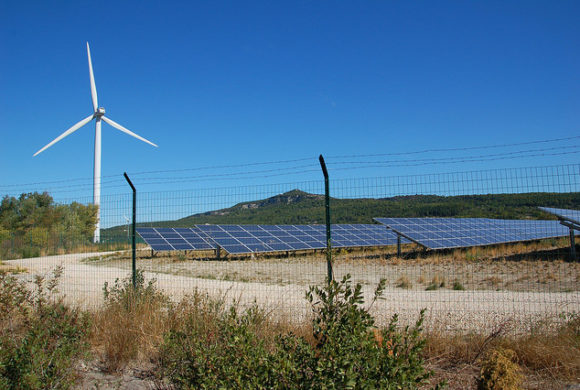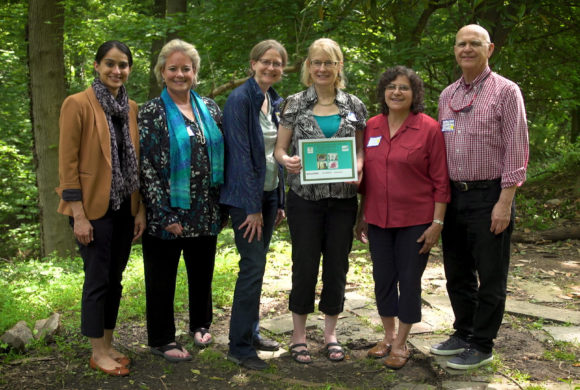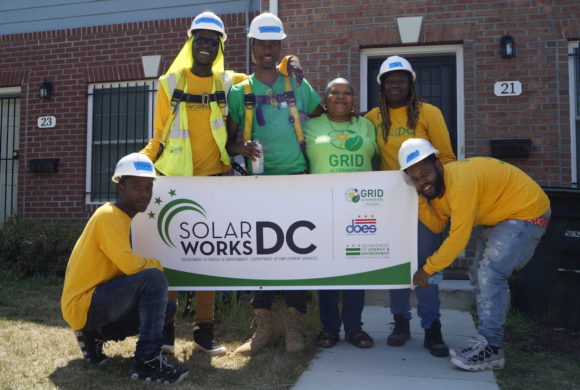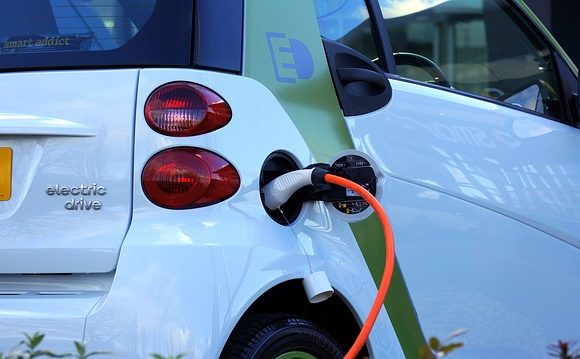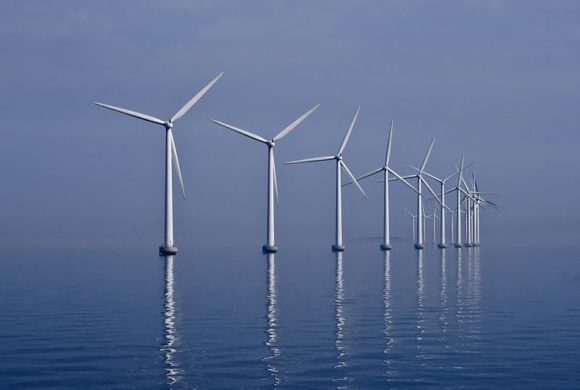This coming week at our 5th Annual Green Jobs Forum, Spencer Schecht, co-owner of Green Drinks DC, will be running a workshop entitled “Fear is Your Copilot: Networking in Washington DC”.
We wanted to take the time to catch up with Spencer and hear about his experience as an early-career climate and energy professional in the DC area, and his tips and suggestions for clean energy jobseekers.



